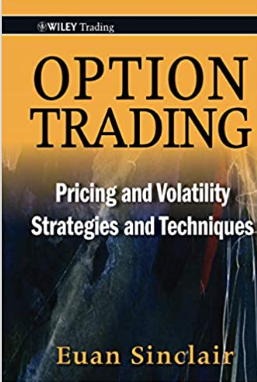"Elements of Quantitative Strategy Design"
This is from a Jul-2020 webinar that I did with @vihan13singh, when I barely had 500 followers.
I bet most of my network would have not had a chance to watch this.
Adding links below for anyone interested to watch.
1/5
This is from a Jul-2020 webinar that I did with @vihan13singh, when I barely had 500 followers.
I bet most of my network would have not had a chance to watch this.
Adding links below for anyone interested to watch.
1/5

Part 1 - USDINR - No Brainer Strategy
Talks about FX markets, USDINR mechanics, a simple USDINR straddle strategy.
2/5
Talks about FX markets, USDINR mechanics, a simple USDINR straddle strategy.
2/5
Part 2
Goes into exploring quantitative approaches to trading. Introduces NEMESIS strategy and then optimizes it using Mean-Variance Technique.
3/5
Goes into exploring quantitative approaches to trading. Introduces NEMESIS strategy and then optimizes it using Mean-Variance Technique.
3/5
Face2Face with @vivbajaj and @elearnmarkets
- Provides in depth analysis on the USDINR relationship with Nifty and how can same relationship be used in many ways. Has a lot more data analysis supporting the systems.
4/5
- Provides in depth analysis on the USDINR relationship with Nifty and how can same relationship be used in many ways. Has a lot more data analysis supporting the systems.
4/5
While the focus of all these videos is USDINR, you may find value in the way an edge is discovered, researched, tested, and deployed.
5/5
5/5
• • •
Missing some Tweet in this thread? You can try to
force a refresh

 Read on Twitter
Read on Twitter
















